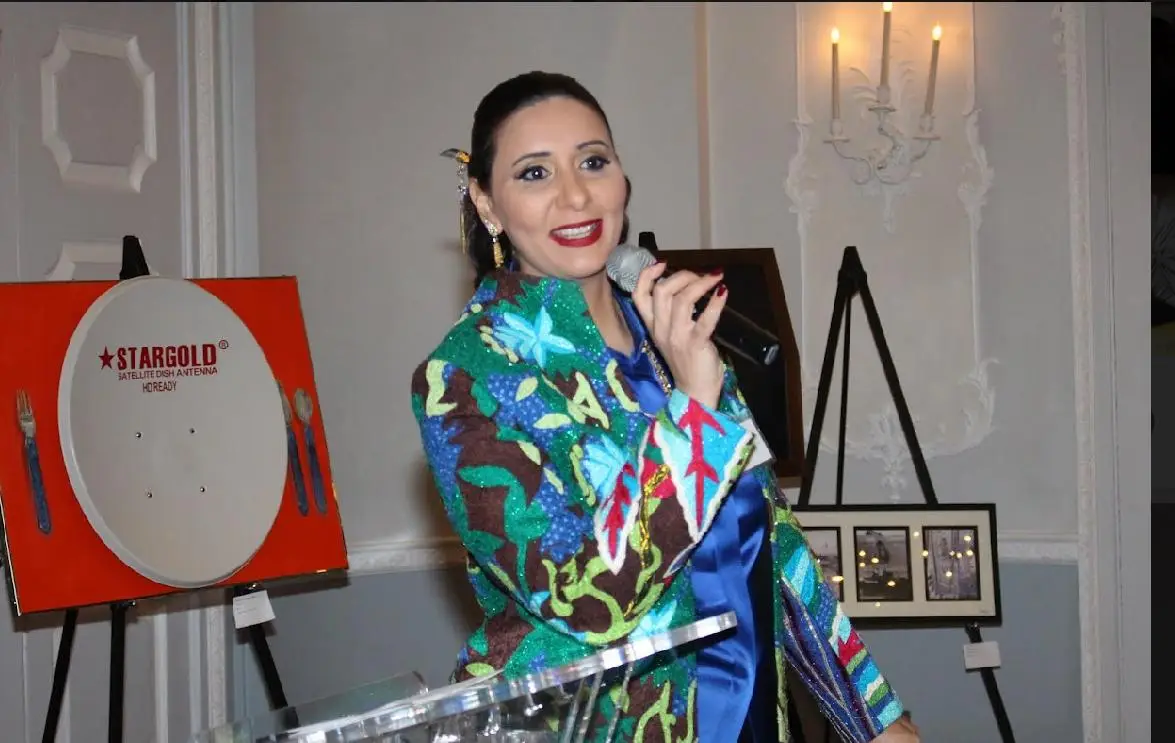In a digital age dominated by sleek graphics and sophisticated design, the art world is witnessing a captivating revival of illustrative art. Defined by its hand-drawn, narrative-driven, and often whimsical nature, illustrative art is breaking free from its traditional confines and finding new expressions in various mediums. This resurgence represents a creative renaissance, where artists and audiences alike are rediscovering the timeless charm and emotional resonance of illustrative storytelling.
We dedicate this article to Lana, the artist who helped us transform our Life.London vision into art
The Evolution of Illustrative Art
Illustrative art has a rich history deeply embedded in human culture. From ancient cave paintings to medieval manuscripts, illustrations have been a powerful means of communication and storytelling. With the advent of printing technology, illustrated books became more widespread, and artists like Aubrey Beardsley and Arthur Rackham made significant contributions to the field during the late 19th and early 20th centuries.
However, as the 20th century progressed, the rise of modernism and the popularity of abstract art somewhat marginalized illustrative traditions. The focus shifted towards more experimental and conceptual forms, leaving traditional illustration in the shadows. Fast forward to the 21st century, and a noticeable shift is occurring, marking the return of illustrative art to the forefront of creative expression.
The Digital Age and Illustrative Art
The advent of digital tools and platforms has played a pivotal role in the resurgence of illustrative art. Artists now have access to a wide array of digital tools that not only streamline the creative process but also allow for greater experimentation. Digital illustration software enables artists to blend traditional techniques with cutting-edge technology, resulting in a fusion of the old and the new.
Social media platforms, particularly Instagram and Pinterest, have become virtual galleries for illustrators to showcase their work to a global audience. The ease of sharing and discovering art online has facilitated a vibrant community of illustrators and art enthusiasts, fostering inspiration, collaboration, and the exchange of ideas.
Diverse Styles and Themes
One of the defining features of the rise of illustrative art is the diversity of styles and themes embraced by contemporary artists. Illustrators are no longer confined to a specific aesthetic or subject matter; instead, they explore a vast spectrum of styles, ranging from traditional pen-and-ink drawings to digital collages and vibrant, experimental compositions.
Themes in illustrative art vary widely, encompassing personal narratives, social commentary, and imaginative worlds. Artists are using illustration as a medium to communicate complex ideas, challenge societal norms, and evoke powerful emotions, contributing to a nuanced and multifaceted artistic landscape.
Commercial Impact and Collaborations
Illustrative art has found a new home in commercial spaces, transcending traditional boundaries. Brands and businesses are increasingly recognizing the value of illustrative aesthetics in marketing and storytelling. Illustrators are being sought after for collaborations that go beyond traditional art spaces, extending into advertising, product design, and even virtual reality experiences. In London, Iconic hotels such as the Ritz and the Lansborough used the illustrative arts of top artists such as Tug Rice and Megan Hess respectively to create unique, modern, glamorous images to their marketing that tickle the mind’s fancy way more than the usual photographs. The same goes for brands such as Harrods, Halcyon Days, Harry Winston. To meet tradition, illustrative art now goes beyond illustrating witty articles for the Wall Street Journal and other top publications. It goes beyond fashion figures and book covers to include dedicated picture books and brand identities.
Conclusion
The resurgence of illustrative art signifies more than just a return to traditional techniques; it represents a dynamic fusion of history, technology, and boundless creativity. In a world inundated with visual stimuli, illustrative art stands out for its ability to tell compelling stories, evoke emotions, and offer a refreshing departure from the clinical precision of digital design.
As illustrative art continues to captivate audiences worldwide, it is evident that we are witnessing a creative renaissance where artists are reclaiming and redefining the power of visual storytelling. The rise of illustrative art not only pays homage to its historical roots but propels it into a bold and exciting future where the boundaries between the traditional and the contemporary blur, inviting everyone to rediscover the enchantment of illustration.





